by Ashley Carter
Share
Manufacturing industries have unique demands on their systems, and their laboratories are no different. A Laboratory Information Management System (LIMS) for a manufacturing industry should provide live data analysis for quick decision-making. It should also support efficient operations and reduce duplicate efforts by integrating with ERP systems. Finally, it must ensure traceability and data integrity for customers and accrediting bodies.
These features are essential. They must be easy to maintain, even for those without much software engineering experience. The system must have a friendly, intuitive user interface and be flexible enough to grow with the laboratory and their requirements. Continue reading to learn about some key features Wavefront LIMS offers to meet these needs.
Control Charts and Real-Time Analysis
Analysis data can be used for more than just reporting. It can be used to make decisions regarding operations. For example, the necessary additions for a melt or temperature adjustment in a heat treat furnace. Therefore, having the data readily available and automatically populated in control charts can be a significant time saver. Applying SPC (statistical process control) limits to those control charts provides context to the data and supports informed decision-making.
This live data compilation can also extend to throughput metrics. The number of samples or tests created and finished per day/week/month can all be organized in helpful dashboard graphs. These graphs are automatically populated, reflecting actual laboratory numbers without manual export or manipulation.
ERP Interfacing
When it comes to logging working into the system, oftentimes that work has already been initiated in other systems, such as an ERP (enterprise resource planning). A LIMS designed for manufacturing industries can be interfaced to an external system so work can automatically be populated. This reduces the duplicate effort of creating work in two systems. It also has the added benefit of providing forward visibility to the laboratory of what work is coming. This allows the laboratory to plan appropriately and be better prepared, thus improving efficiency.
This is not only a benefit for the ERP to LIMS direction, but also the LIMS to ERP direction. When work is completed in LIMS, notices or whole sets of data can be sent back to the ERP system. Communication is then streamlined and there is less guesswork in determining the status of a job in the overall process.
Data Integrity and Traceability
The test result data is obviously the primary output of any laboratory, and ensuring its integrity is vital. One must have complete confidence that the data provided to a customer is complete and accurate. A LIMS system should provide methods to enforce security of the data. Some of those methods are creation of roles to identify who can make what changes and when, limit access to areas of the LIMS, and support review and approval steps with record capturing. Additionally, if ever a question is raised, the LIMS should provide audit records to support investigation of that question.
In addition to the integrity of the data, it is important to know where it comes from. A LIMS configured for a manufacturing industry should provide structured methods for tracking what samples and orders a test originated from. The system should also support the capturing of meta data about that test, sample, or order. This data will ensure a user can align the LIMS data with their operation’s data. Traceability back to the beginning of the process must be completely integrated throughout that process, including the LIMS.
Accreditations and Audits
NADCAP, ISO 17025, ISO 9001, any number of customer-specific accreditations, and more. A LIMS for a manufacturing industry should support all that an accrediting body requires. In addition, when those audits roll around, the LIMS should be a tool that makes them as stress-free as possible. Therefore, the LIMS should capture documentation, enforce security and authentication in all review steps, and allow a LIMS user to pull any data on demand.
One of the best examples where a good LIMS designed for manufacturing shines is in the random selection of an order. A well-designed system will allow the user to find the samples and tests assigned to the order, the complete and signed report, and instruments utilized for each test and their associated calibrations. In addition, they would be able to show the auditor that security roles prevent editing of any part of the order after the report was approved and created.
User Interface
When determining what LIMS solutions might work for your laboratory’s requirements, keep in mind one more important consideration. How difficult is it going to be to maintain the system after it is implemented in your laboratory? Requirements change, laboratories grow, and LIMS solutions are an investment that should support your laboratory not drag it down.
Wavefront LIMS was created for individuals working in a manufacturing laboratory. Therefore, Wavefront LIMS has the features needed to keep up with operations. It is also easy to use and flexible such that you can add tests, capture new requirements, and ensures that your laboratory can grow at your pace. Reach out to Wavefront LIMS using the “Schedule a Demo” button above to speak with a knowledgeable Wavefront employee (never a call center) to find out more about how Wavefront can work for your laboratory.
STAY IN THE LOOP
Subscribe to our Free Content
Learning about LIMS is a monthly article series where Wavefront shares questions that have come up throughout our interactions with a range of individuals and customers. We do our best to provide information about each topic to help people learn more about LIMS.
Sign up here to be added to our mailing list and receive these articles directly in your inbox.
In today's rapidly evolving laboratory environment, effective data management has become increasingly crucial for maintaining operational excellence and competitive advantage. Modern laboratories generate an unprecedented variety of data types, each requiring specific handling protocols and storage considerations. A robust Laboratory Information Management System (LIMS) serves as the cornerstone of efficient laboratory operations, providing comprehensive solutions for data complexity, regulatory compliance, and long-term data integrity while ensuring seamless workflow integration.
Laboratory staffing shortages have become a critical challenge across industries. Learn how LIMS features and automation helps laboratories maintain high standards and increase efficiency, even with reduced personnel. Wavefront LIMS provides comprehensive solutions for workflow automation, knowledge transfer, and staff development - enabling your laboratory to thrive despite staffing constraints.
In an era of increasing complexity and rising performance expectations, laboratories must do more with less. Discover how a Laboratory Information Management System (LIMS) can transform operational challenges into competitive advantages, turning your lab from a cost center into a strategic asset.
In an increasingly competitive and regulated laboratory environment, implementing a robust Sample Management Software solution is essential for driving operational excellence. A comprehensive Laboratory Information Management System (LIMS) streamlines sample tracking, enhances data integrity, facilitates compliance adherence, and unlocks powerful analytics for continuous improvement. Discover how to harness the transformative potential of LIMS to position your laboratory for long-term success.





